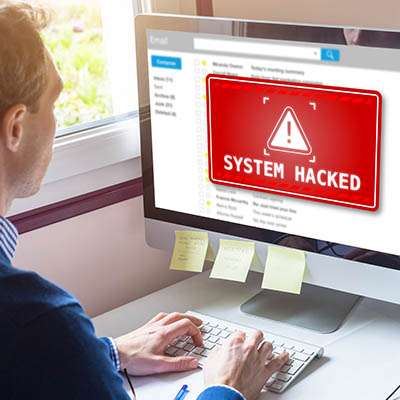Think about all the online accounts you have, from social media to banking to email. With so many accounts, it's imperative to make sure they're secure. Creating a strong, unique password is one of the best and easiest ways to protect yourself from hackers. Listed below is how you can create passwords that are hard to crack and keep your digital life safe.
Macro Systems Blog
While email attachments are a huge part of your digital life, they're also a favorite sneaky entry point for hackers, viruses, and scams. We've all been there, a quick click before we even think. That split second of laziness can turn into a massive headache for you and your whole job.
Before you tap that little paperclip and potentially wreck your day (or your company's network), you need to take a beat. Listed below is an essential checklist for safely opening files sent via email.
Starting a business requires a certain mindset, one that demands a certain disdain for failure. However, this entrepreneurial mindset might actually hold you back from seeing success with your business’ technology. This month, we want to explore how the same mindset that has allowed you to build your business to where it is today is actually getting in the way of effective technology implementation, as well as what you can do about it.
AI is no longer a futuristic concept; it's a powerful tool that smart business owners utilize to their advantage. Many companies struggle to move beyond the hype and effectively integrate AI into their operations. Making the most of your AI initiatives requires a strategic approach. Listed below are five essential tips to help you succeed.
Running a business can feel like a constant battle against inefficiency. There are innumerable reasons an organization doesn’t meet productivity standards. Fortunately, however, technology offers powerful tools to identify and eliminate these issues. Listed below: how you can utilize technology to find and fix inefficiencies in your business.
Disruptions, from natural disasters to cyberattacks, can hit any business. A strong business continuity plan (BCP) is essential to protect your organization, employees, and customers. It’s an investment that helps you handle the unexpected and get back on your feet quickly.
Listed below are the vital dos and don'ts for building your plan.
Cloud computing has become a game-changer for companies of all sizes, making collaboration easier and more efficient than ever before. By offering a centralized, accessible platform, the cloud breaks down traditional barriers to teamwork, whether teams are in the same office or spread across large distances.
Listed below are four vital ways cloud computing enhances collaboration:
A disorganized workspace can lead to a disorganized mind. Whether you're working from home or in an office, keeping your workspace clean and organized can significantly boost your productivity, reduce stress, and even spark creativity. It's not just about aesthetics; it's about creating an environment where you can thrive.
Here are five tips to help you maintain a pristine and productive workspace:













